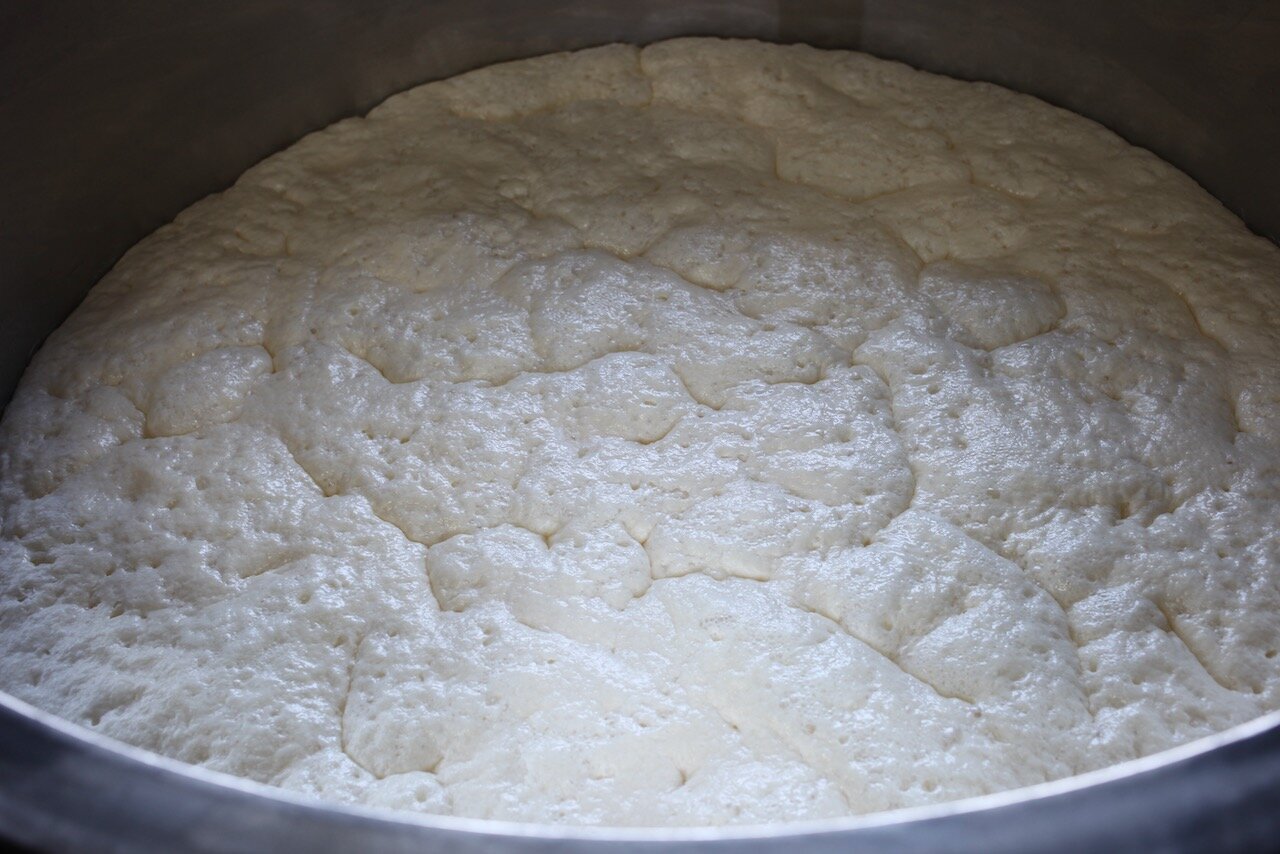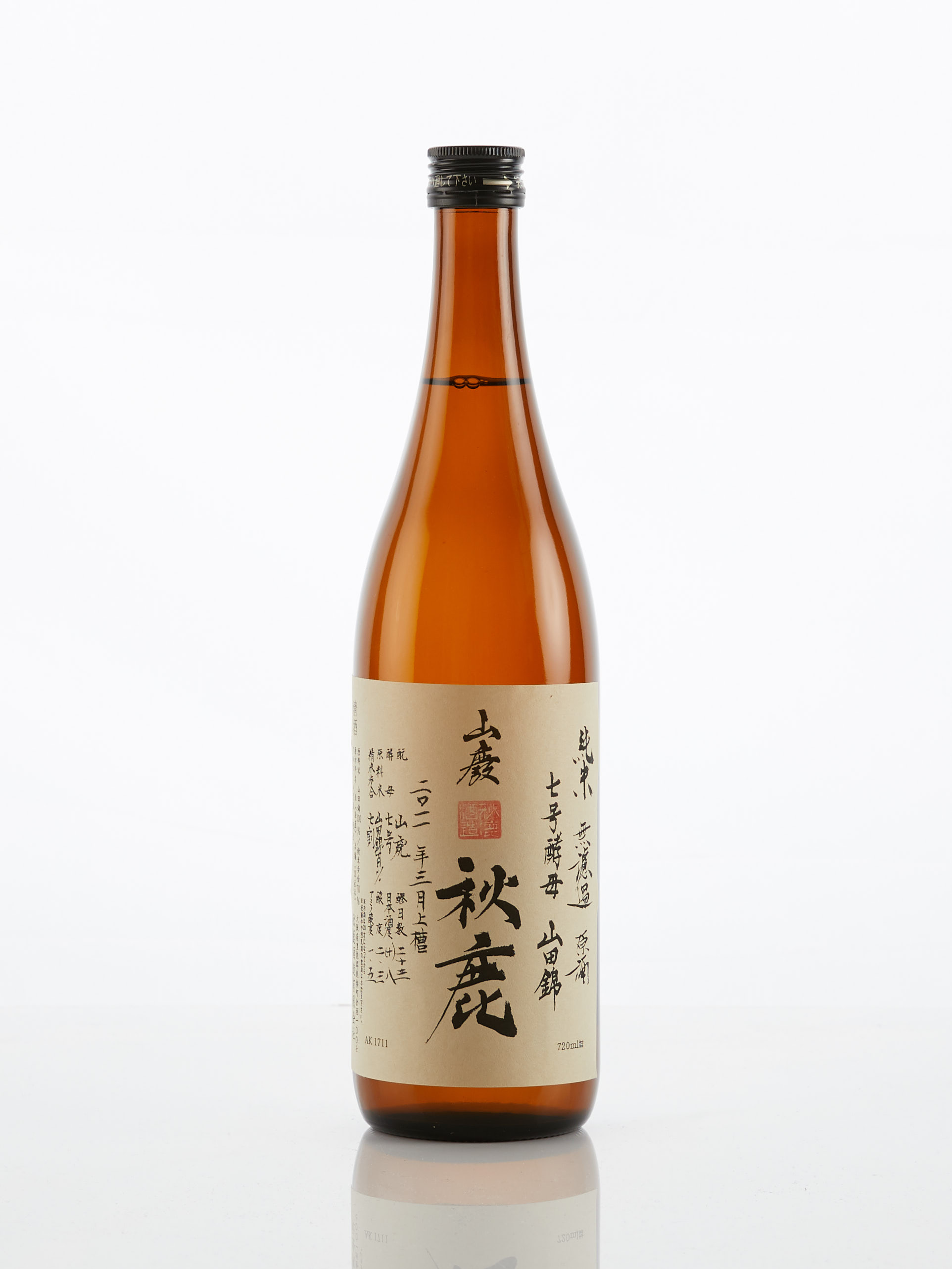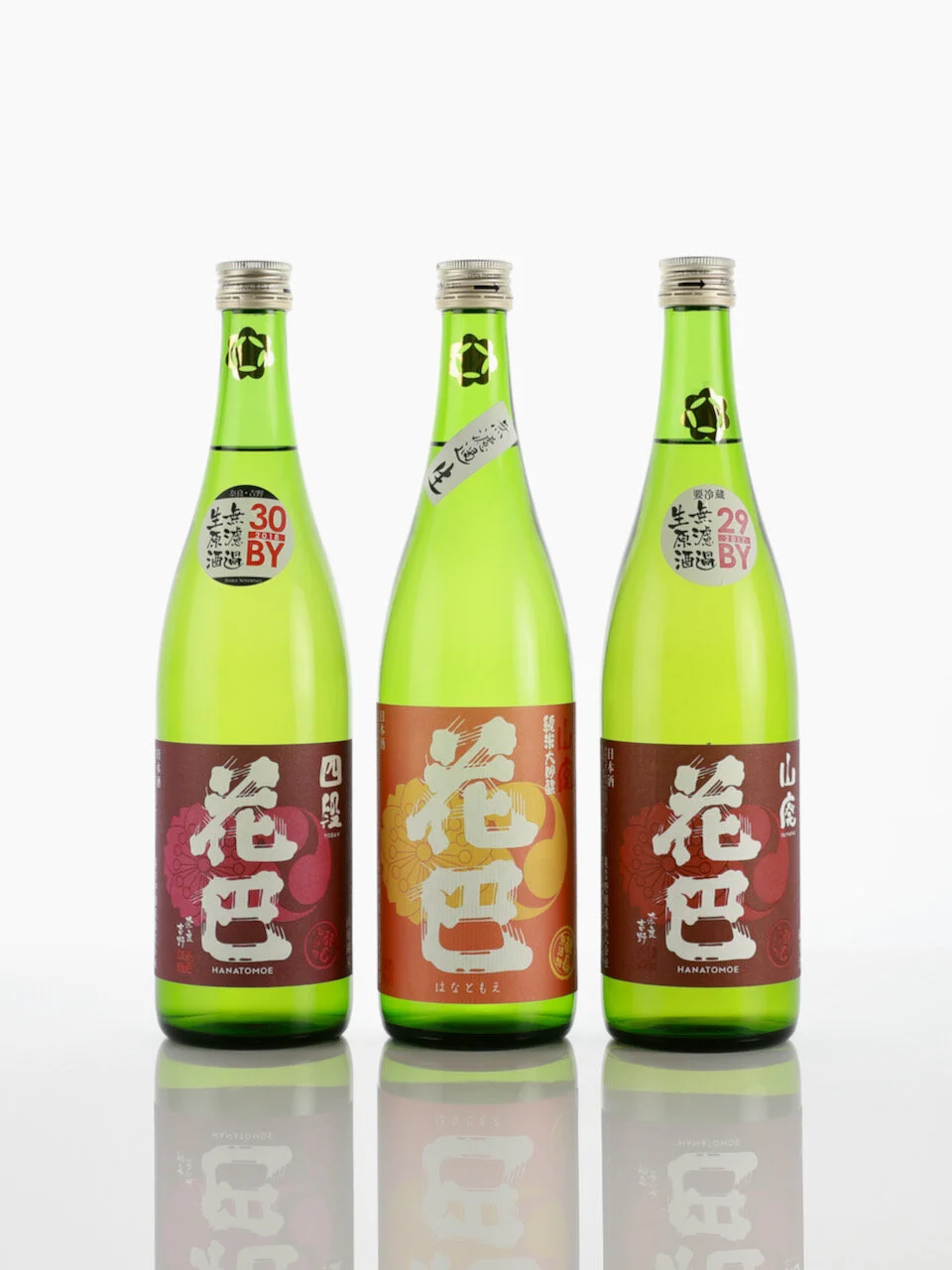
YAMAHAI
山廃
To understand Yamahai and how it effects the style or taste of Sake, we have to first look at the technique and history of making Nihonshu [Sake].
The words ‘Shubo’ or ‘Moto’ in Sake-making means the yeast starter or starter culture. This is where a small amount of the raw ingredients are combined to create this starter. Creation of the Shubo is to cultivate active yeast cells in a pure form in mass quantity. In modern Sake brewing this can be done one of three ways. The most common way of creating the starter is called Sokujo or the ‘modern’ method. The other two ways are both ‘traditional’ methods known as Kimoto and Yamahai.
Yamahai is one of three main ways to create the Moto or starter for Sake fermentation. It is the first step in the fermentation process and it’s main purpose is to achieve high levels of yeast activity before being utilised in the main fermentation.⠀
The Yamahai yeast starter method was developed early in was developed in the Meiji period (1868-1912). The other variation on this traditional approach to creating the starter, Kimoto, was born in the Edo period (1603-1868). Both of these methods rely on cultivating lactic bacteria (which exists in the air, everywhere) to be included in the starter preparation. These lactic bacteria feed the yeast in the starter and produce lactic acid which prevents contamination from unwanted microorganisms. With the modern Sokujo method, lactic acid is purchased by the brewery and simply added in with the other raw ingredients. Essentially ‘feeding’ the yeast instantly and creating an acidic environment preventing spoilage from any unwanted microorganisms.⠀
The Yamahai method is created with the same steps as with Kimoto however with a few minor differences. The mixing and mashing of the rice does not take place, thus there is a need to promote the dissolution of the rice grains by another method. To do this a little more water is used and the initial temperature is higher by a few degrees. In addition the Mizu-Koji (Koji and water mixed together) is used to promote the engagement of Koji enzymes.
Sake made in the Yamahai method generally tend to be richer in taste and a higher more pronounced acidity than those made using the modern Sokujo method. You as the drinker will find Sake that has a more savoury and spicy nose with an earthier and more bold palate or taste. These Sake are excellent young but because they provide a more rich and complex taste they also lend themselves to ageing in the short, medium or long-term.
Sake made using the Kimoto (生酛) or Yamahai (山廃) starter method will note this on the label of the bottle. If neither are present on the label you can assume that the Sake is made in the modern Sokujo method.
YAMAHAI SELECTION






























